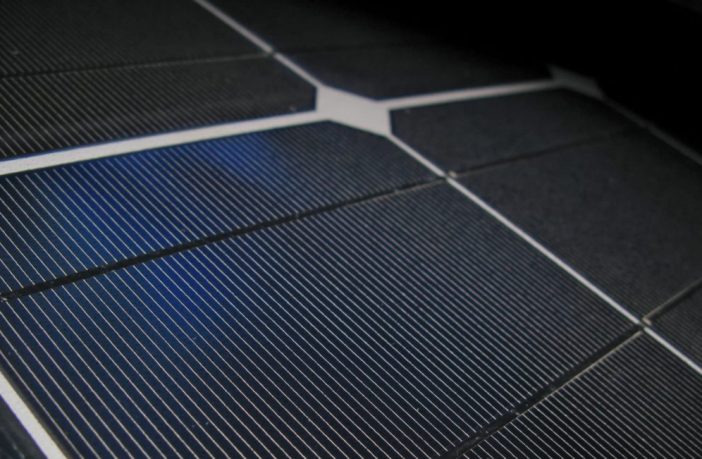- Researchers from China’s Southeast University, the Dubai Electricity & Water Authority (DEWA), and Stanford University have suggested using radiative cooling from solar panels for water harvesting applications during night time.
Collected water may be used, according to them, for cleaning the modules during the daytime or for other, unspecified agrivoltaic applications. “With theoretical analysis, we identified the suitable temperature and humidity range for nighttime water harvesting from solar panels and we outlined the water harvesting potential under various conditions,” the research team stated. The technique was assessed for a year at the Mohammed bin Rashid Al Maktoum Solar Park in Dubai, where DEWA is testing different renewable energy technologies.
In the proposed system, which the academics claim can be applied as a retrofit without increasing the system complexity, the radiative cooling layer in the PV panels is on the front side and water collection is achieved through tubes placed at the lower edges of the solar panels.
The technique is also based on the use of a blackbody emitter, an 8-13 μm selective emitter, and an ideal spectral-angular-selective emitter, which were used to improve temperature and humidity range. Selective emitters enabled by photonic metasurfaces are used in passive radiative cooling systems to reduce the temperature of vapor from ambient temperature to dew point and absorb the water’s latent heat during the phase change.
This photonic thermal emissivity engineering enabled an improvement of the panel infrared spectrum without sacrificing the high transmission in the solar spectrum that is above the bandgap of the solar cell, according to the researchers. “Such a spectral feature has the potential to reduce the daytime solar panel operating temperature by over 8 degrees Celsius and enhance the solar panel absolute efficiencies by 1%,” they explained. “Therefore, it can be beneficial for both nighttime water harvesting and daytime solar cell efficiency enhancement.”
They also found that the average weekly water generation achieved with this system at the solar park Dubai can reach 261ml/m2. “Moreover, it can be significantly enhanced up to 681ml/m2 with further emissivity engineering,” the group concluded.
The technique is presented in the paper Nighttime Radiative Cooling for Water Harvesting from Solar Panels, published in the Journal of Renewable and Sustainable Energy.
Author: Emiliano Bellini
This article was originally published in pv magazine and is republished with permission.















